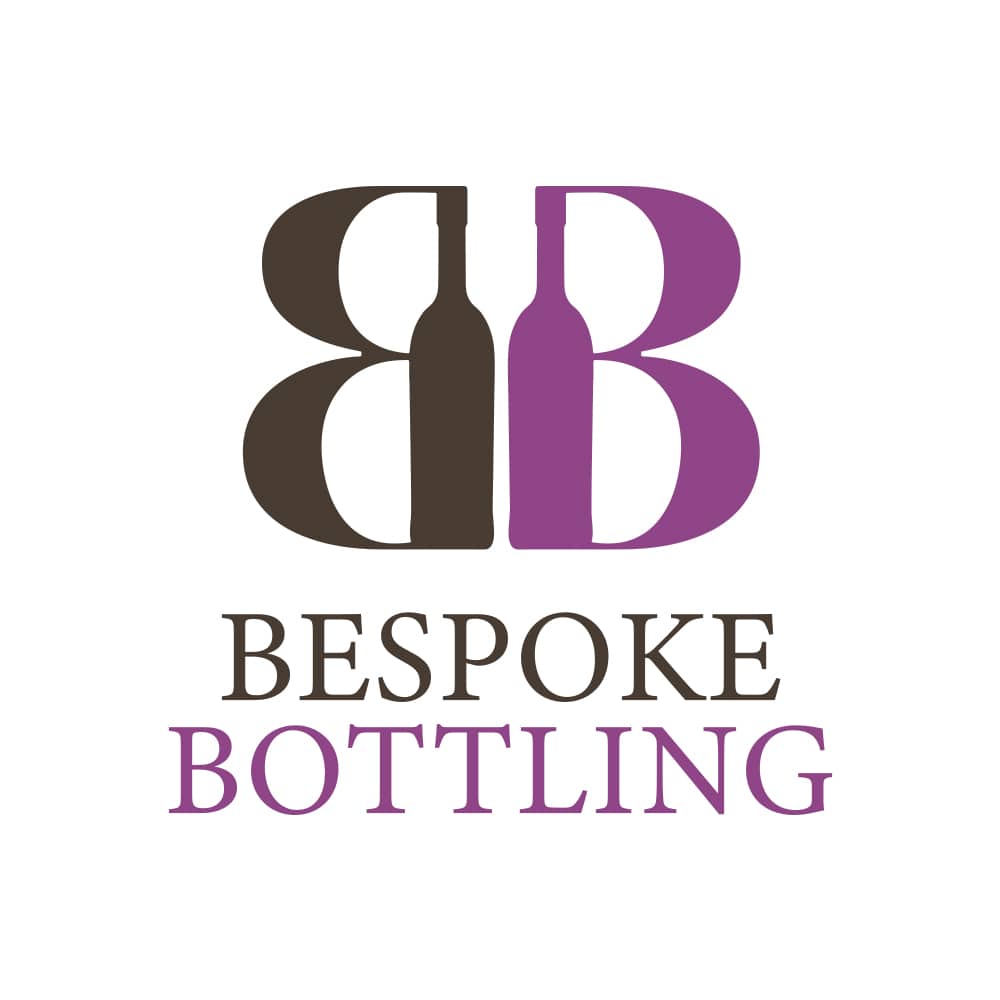How to Create Your Own Whiskey Brand
Creating your own whiskey brand can be an exciting venture, combining creativity with business acumen. This guide will take you through the essential steps to bring your whiskey brand to life.
1. Understand Your Vision and Market
- Define Your Unique Concept: What makes your whiskey stand out? Consider what sets your whiskey apart—flavour profile, distilling process, or branding. Think about whether you want to target connoisseurs, casual drinkers, or niche markets such as organic or flavoured whiskey enthusiasts.
- Market Research: Understanding your competitors and market trends is critical. Look into popular brands, pricing strategies, consumer preferences, and distribution channels. Assess where your brand fits within the landscape.
2. Develop Your Whiskey Formula
- Work with Distillers: If you’re not distilling yourself, you’ll need to collaborate with experienced distillers. They can help you craft a unique whiskey formula tailored to your specifications. Focus on mash bills, ageing processes, and barrel choices to create a distinctive taste.
- Regulations: Whiskey must meet specific legal criteria, including alcohol content and ageing requirements, which vary by country. Make sure your formula aligns with these regulations.
3. Branding Your Whiskey
- Naming: Choose a name that resonates with your target audience and conveys the spirit of your whiskey. Keep it memorable and unique, while ensuring it’s not already trademarked.
- Design and Packaging: Invest in professional design for your bottles and labels. Whiskey drinkers often appreciate premium packaging, which should align with your brand identity. Ensure compliance with labelling regulations, such as ABV and origin.
- Brand Story: Consumers connect with stories. Tell the story behind your whiskey—whether it’s the origin of the recipe, your passion for spirits, or the location where it’s crafted.
4. Legal and Regulatory Considerations
- Licensing: You’ll need several licences to produce, distribute, and sell whiskey. Depending on your location, licensing requirements vary, but you may need distillation permits, alcohol distribution licences, and other certifications.
- Trademark Protection: Protect your brand name, logo, and other intellectual property to prevent competitors from copying your work.
5. Find Your Bottling Partner
- Choose a Bottler: Work with a reliable bottling partner that specialises in spirits. Look for bottlers with the experience and capacity to handle the specific needs of whiskey production, from bottling consistency to maintaining the quality of your product.
- White Label Options: If you’re not ready to handle distillation, consider using a white-label service where you can customise a pre-made whiskey to your brand’s specifications. This can speed up your go-to-market timeline.
6. Sales and Distribution
- Choose Distribution Channels: Will you sell directly to consumers, partner with distributors, or use a combination of both? Whiskey sales can happen via brick-and-mortar retailers, bars, or online platforms, depending on your licences and market access.
- Price Strategy: Set a price that reflects your brand’s quality and target market, while remaining competitive. Research similar whiskey brands to gauge market expectations.
7. Marketing and Promotion
- Digital Marketing: Build an online presence with a website, social media, and email marketing. Whiskey enthusiasts often engage with brands on social media platforms, making it essential to create compelling content.
- Launch Events: Consider hosting tastings, whiskey festivals, or collaborating with bars for launch events. These will not only introduce your product to the market but help build early brand loyalty.
8. Ongoing Brand Management
- Customer Feedback: Stay engaged with your customers and listen to their feedback. This will help you refine your product or expand your whiskey offerings.
- Innovation: Once your whiskey brand is established, consider launching new expressions, limited editions, or exploring new markets.

